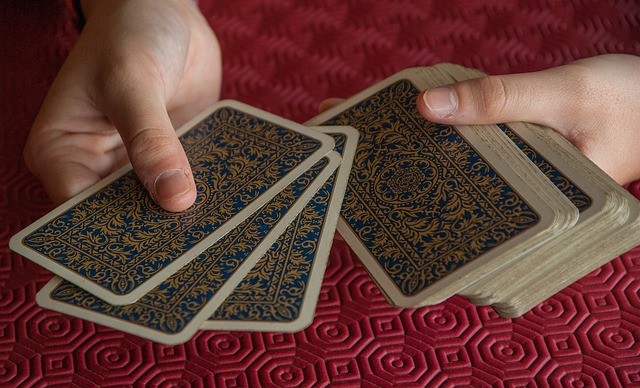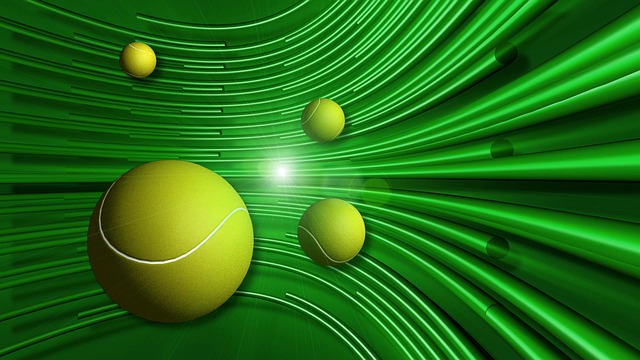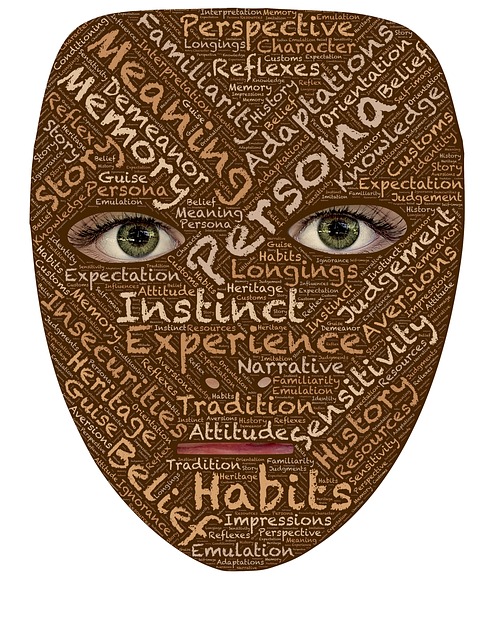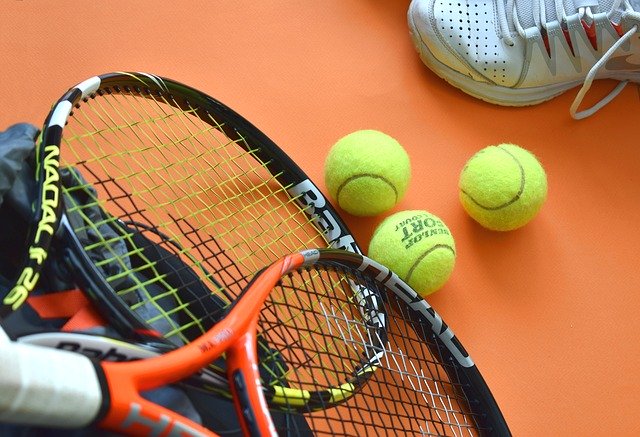Rachel Kable – author, podcaster, blogger and mindfulness coach from Victoria in Australia – recently participated in a podcast interview with Dr. Justin Puder. In the course of the interview, she explained that when she first started out practising mindfulness in the more formal way of meditating (e.g. focusing on her breath), she had great difficulty and did not like it at all. At the time she lived very much in the past and the future, not the present. She would review past performance and prepare to-do lists for future activities to the point where she would lie awake at night, not being able to quiet her mind. To sit still and focus on the moment was a real challenge and counter-intuitive.
However, Rachel persisted with formal practice because she had heard of the benefits of meditation and mindfulness and wanted to experience them for herself and to share them with others. As she persisted in her more formal efforts, she found that mindfulness practice increased her ability to focus and concentrate, enabled her to sleep more restfully and fully, enhanced her relationships (e.g. through being present to the person speaking and listening actively, not distractedly) and improving her capacity to be creative in her career endeavours.
Rachel also discovered that she could bring mindfulness to everyday life and the things she already did each day, e.g. cleaning the house, washing the dishes, preparing the meal, driving the car, eating her meals, or sitting on her deck (which provided the opportunity for engaging in “natural awareness”, taking in the sounds, sights, and smells already present to her). Consequently, she decided that the focus of her mindfulness coaching would be on helping people to bring mindfulness to the activities of everyday life. To this end, she has developed her blog covering things like self-care, meditation techniques, and simple living. Rachel’s podcast series, which at the time of writing has 322 episodes, provides lots of practical advice on how to be mindful in everyday life, dealing with issues such as challenging emotions, expectations, stress, decision making and negative self-evaluation.
Rachel has also written a book, The Mindful Kind Book, wherein she provides practical advice and tools to manage overwhelm and stress, enjoy life more, improve resilience to handle setbacks and to practise mindfulness as a form of self-care when engaging in everyday activities, including work. Her interview is one of many conducted by Dr. Justin Puder who has developed the podcast series, Drop In with Dr. J.
Reflection
Tennis is a very important part of my life and my exercise activity and has been since I was in Primary School (about 10 years of age). Rachel’s podcast interview reminded me that I need to bring mindfulness more to the fore when playing tennis. I have certainly used reflection-on-action in the past when looking at how I play tennis. Through reflection, I have become more conscious of the importance of savouring the moment when playing tennis; addressing my “habit loop” (and related reward system) when experiencing blockages to trying out new tennis strokes; being able to constructively manage mistakes when playing social tennis; and identifying the behavioural and cognitive blind spots that are impeding my tennis performance.
I am often conscious of the technical aspects of playing tennis, e.g. keeping your eyes on the ball, preparing for a tennis shot, choosing the right shot, deciding the stance and position to receive a serve, and identifying the gaps in which to play a shot. I can become more conscious of when my attention strays to what is happening on one of the other eleven occupied courts and bring my attention back to my own tennis game.
What Rachel’s comments remind me to do is to face my emotions in the moment when playing tennis (e.g. anxiety, fear), name them and decide how to manage them – rather than ignore or suppress them. It also means acknowledging to myself (and challenging) my self-imposed expectations that impede my performance and enjoyment of the game.
Rachel reminds us that mindfulness can be practised in every aspect of our life, even having lunch. For me, for example, that means eating my lunch mindfully, savouring the taste, texture and aroma of what I am eating – not processing emails or planning my day as I eat.
As we grow in mindfulness through formal processes such as meditation, Tai Chi, or yoga, we can more readily bring mindfulness to our everyday life whether that is driving a car in traffic, sitting on our back deck, working in our garden or just taking a walk. Mindfulness can accompany us wherever we go and whatever we do – if we only let ourselves drop into present moment awareness.
_____________________________
By Ron Passfield – Copyright (Creative Commons license, Attribution–Non Commercial–No Derivatives)
Disclosure: If you purchase a product through this site, I may earn a commission which will help to pay for the site, the associated Meetup group, and the resources to support the blog.









